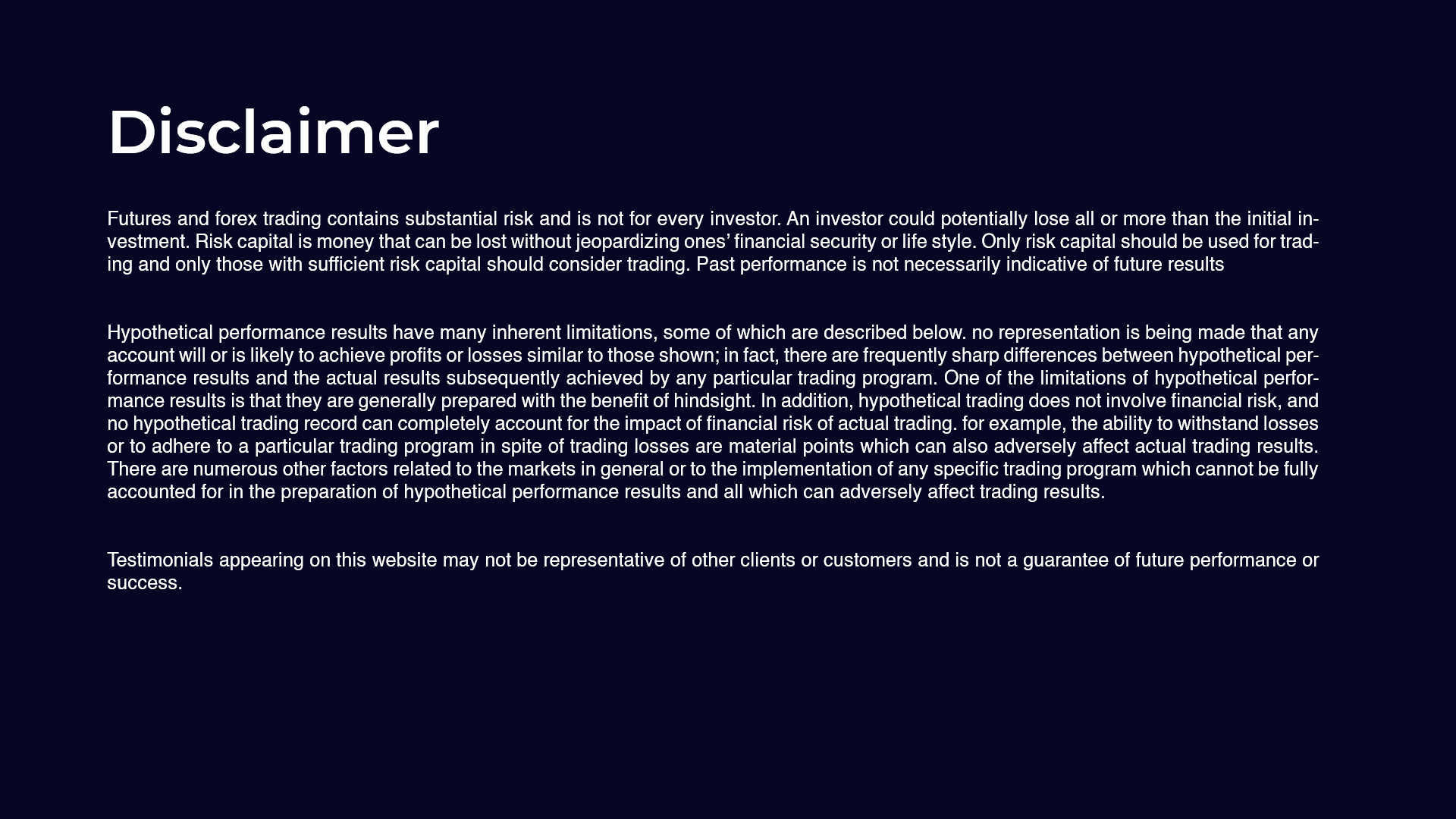Breaks outs and Consolidations. What are the relationship of the two. If you keep it simple, it’s the two conditions price can be in. Trending or not trending. They both lead into each other. Keeping an eye on a consolidation is good because eventually it will lead to a break out. A break out will end with a consolidation. Now if we take these two and add some rules of engagement then we can know when to look for the right setup.
Break outs, I’m going to keep simple for this article. For a break out , all I want to have is 1:1 reward risk before I can consider taking a trade.
Now for consolidations , I need to rehash on an old article I wrote about consolidation. It’s important to mark off the high and low of the consolidation. Then from there mark off the center of the consolidation. Simple way is to use Fibonacci and mark off the 50% level. Another easy way is look for iMTF™ crosses or dots if you have the iMTF™ indicator. iMTF’s™ are 50% levels of the high and low.
Here are my consolidations rules. Price will violate the 50% level until the consolidation is coming to an end. When it does, I like for these two things to happen to give me a heads up to get ready for a break out.
One: Price holds the 50% level in the middle of the consolidation
Two: Price then retest the top or bottom the consolidation.
From here I watch for a break out of the consolidation. I don’t take the break out of the consolidation, I look at a higher time frame and look for a cloud break out to match with the consolidation. Then based on which time frame, I set my rules from there.
Here is a picture of a consolidation where I have marked off the high and low plus the middle of the consolidation.

Now another thing is to consider is using both the Break out and consolidations together. What I mean by this is finding a trend that has slowed down and pulled back. If you go to the lower time frame you will see a consolidation forming. Based on the consolidation rule, you will be able to know will and when that trend on the higher time frame will continue or keep pulling back.
On the other side of the coin. You can look for a consolidation, then look for break outs on the lower time frame. By following the consolidation rules with the first. Price holds the middle, then you could confirm that with a break out on the lower time frame. Your target or reward will be easy to figure out, because you are aiming for the top/bottom of the consolidation. Particularly with Forex, since most are in big consolidations on the higher time frames.
Here is an example of a break out inside of a consolidation. The top of the consolidation is my reward and my stop, my risk. Gives me just a little more than a 1:1.

See how it went right to the top then it consolidated some. It even breaks out higher after the consolidations at the top. You could keep applying the rules over and over every time. Also notice the smaller consolidations inside of the bigger one. The consolidation leading up to the break out. It bounced around the middle for a while trying to go bearish but just could not break lower, then reversed.
Keep things simple. Break the chart down. Is it consolidating or trending. Then move from there. If it’s trending, then its already passed as far as an opportunity until it does a pull back. Once a trend has started a pull back, watch the lower time frames for the consolidation to see how much of a pull back is occurring on the higher time frame. If it’s a consolidation on the higher time frame, then mark off your levels and watch the lower time frames for set ups with in the consolidations. Most importantly, keep it simple. Get a foundation together, then start applying other rules once you established this foundation.
Great videos that would complement this article, are
Even though I didn’t mention Elliot wave, its great for the part that I talked about trending items and when they start to pull back. Combined that with Ichimoku and the consolidations rules on the lower time frames, you will be able to foresee when the Elliot wave counts are happening.
If you have any questions about this article or any of the products listed, please contact us at info@eiicapital.com

